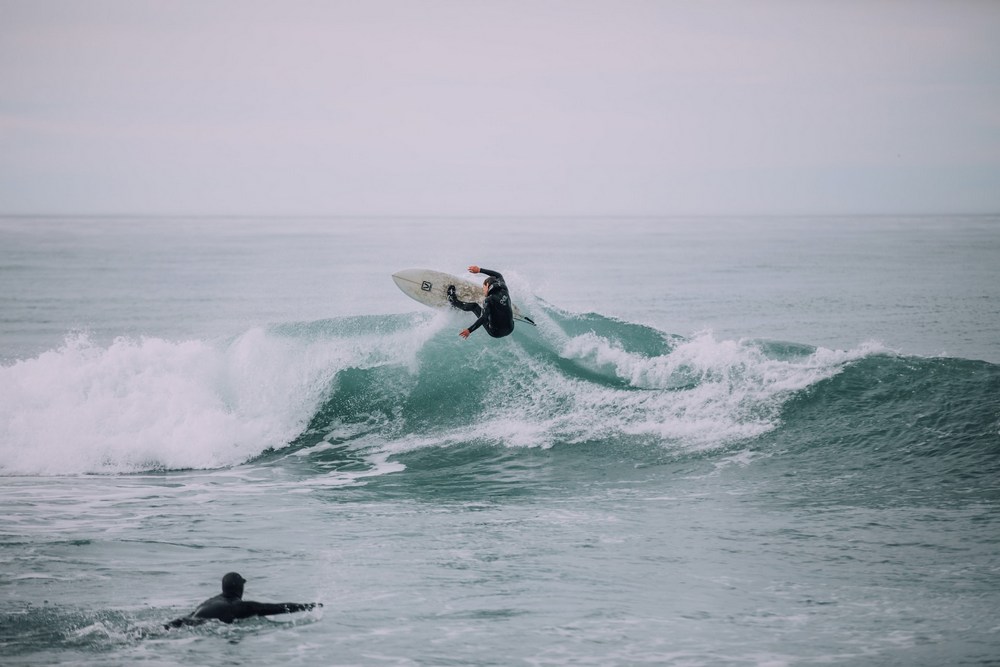Surfing, a dance with the ocean’s rhythm, offers an exhilarating blend of physical challenge and mental tranquility. “Conquering the Waves: Essential Surfing Techniques, Tips, and Tricks” serves as your comprehensive guide to mastering the art of surfing, whether you’re just getting your feet wet or aiming to elevate your skills. This article delves into the core techniques, safety measures, and psychological strategies that transform ordinary surfers into wave-riding virtuosos. By exploring the depths of surfing’s intricate world, readers will gain insights into harnessing the power of the waves, ensuring their surfing journey is both safe and profoundly rewarding.
The Fundamentals of Surfing: Building a Strong Foundation
Mastering the art of surfing begins with a solid grasp of the fundamentals. Surfing techniques are the cornerstone of any surfer’s skill set, providing the stability and confidence needed to tackle the waves. Understanding the ocean’s dynamics, such as reading wave patterns and recognizing weather conditions, is crucial for any surfer aiming to excel.
Board selection is another pivotal aspect of surfing fundamentals. Different boards cater to varying skill levels and wave conditions, and choosing the right one can significantly impact your performance. Beginners might start with longer, wider boards for stability, while experienced surfers often prefer shorter boards for greater maneuverability.
Additionally, mastering the basic stance, paddling techniques, and the proper way to pop up on the board sets the stage for more advanced maneuvers. Regular practice, combined with a keen observation of more experienced surfers, can accelerate the learning process, transforming novices into proficient surfers.
Enhancing Your Skills: Advanced Techniques for Experienced Surfers
For surfers who have mastered the basics, advancing to more complex surfing techniques can be both challenging and invigorating. Maneuvering through the waves with grace and precision requires an understanding of advanced skills like bottom turns, cutbacks, and aerials. Each maneuver demands precise timing, body positioning, and an intimate connection with the wave.
Developing these advanced techniques typically involves a combination of guided instruction, observational learning, and relentless practice. Many experienced surfers also benefit from video analysis, breaking down their performance to refine each movement and strategy.
Moreover, physical conditioning cannot be overlooked. Strength training, flexibility exercises, and cardiovascular fitness are essential for executing the demanding maneuvers that advanced surfing requires. By dedicating themselves to a comprehensive training regimen, surfers can push their limits and achieve greater harmony with the waves.










